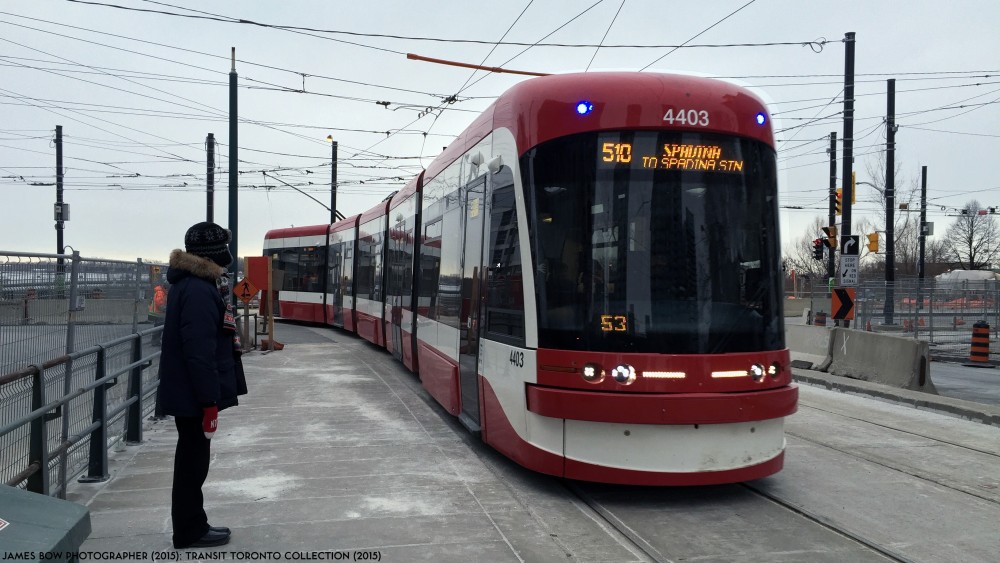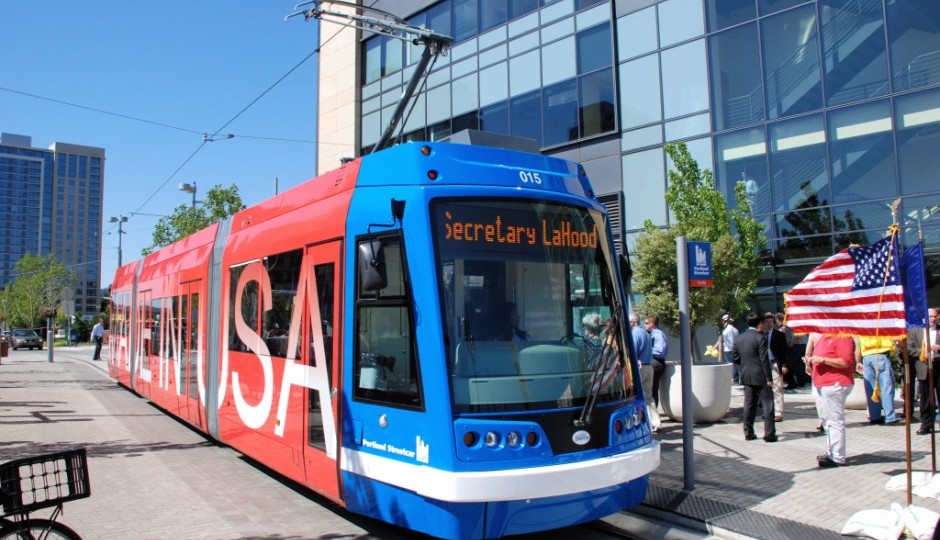The Futuristic New SEPTA Trolleys Will Look Like …

Munich’s Siemens Avenio Streetcar. Photo by Siemens AG
Two weeks ago, Citified reported that SEPTA has begun the early procurement phase of a massive, once-in-a-generation overhaul of the aging trolley fleet. Over the next few years, SEPTA plans to unload serious capital (at least $200 million) into new, 80-foot-long, low-floor vehicles that will replace the 1980s Kawasaki models that are predominantly in use. But what the new SEPTA trolleys — or perhaps we’ll finally start calling them streetcars — will actually look like, remains unknown. Byron Comati, SEPTA’s director of strategic planning and analysis, said that the agency is in the midst of getting an expression of interest from companies around the globe:
To see what the manufacturers, the car builders can do. What’s out there? Responding to our expression of interest means that whether you’re from a German company, a Dutch company, an American Company, a Chinese company, a Korean company — what’ve you got?
SEPTA has some options. Around the globe, manufacturers have been designing low-floor models that could fit the SEPTA’s trolley specs and be customized for Philly streets. Here’s a look at what’s out there.
Toronto, Canada
In 2009, Canadian manufacturer Bombardier was selected as the manufacturer of Toronto’s next generation of trolleys. Five years later, the first of 204 brand-new cars began operating along the largest streetcar line in North America. Bombardier’s Flexity model required certain overhead and curb adjustments to the track and streetscape, allowing for a wider turning radius in the much longer cars. The new models are approximately 100 feet long (30 meters), almost double the length of 195 Canadian light-rail vehicles being replaced.
The old streetcars were not handicap-accessible and had more than 25 years under their belt. The new ones have a wheelchair ramp and a closed-off cockpit where operators pilot the vehicle with touch screens, rather than pedals. It all sounds cool, except for the grand total. Both the cars and infrastructure adjustments added up to more than $2 billion. Plus, it took five years to deliver them to market. Bombardier Flexity is also found in Minneapolis.

Photo by James Bow, Transit Toronto.
Munich, Germany
These gentle giants made by Siemens are 120 feet in length and designed according to ergonomic criteria for maximum comfortability. Each vehicle is equipped with a wheelchair lift, four compartments and an on-board energy storage system that allows for off-wire travel. Munich announced the new cars in 2012, and by mid-2014, all eight were operational. How’s that for German efficiency? Better yet, the price tag was only 29 million Euros, because the Siemens Avenio model could operate on the legacy tracks already in place. Siemens Avenio is also found in the Hague, Netherlands.
Dallas, Texas
To outfit a new Downtown-to-Oak-Cliff, 1.6-mile streetcar loop, the city chose PA-based Brookville Equipment Corporation. Each Brookville Liberty streetcar holds up to 100 passengers inside three compartments which total 66.5 feet in length. This will be the first time that streetcars with wireless traction power are used in the United States. Powered by catenary on surface streets and a lithium-ion battery when passing over the Houston Street Viaduct, a key bridge that crosses the Trinity River, the cars are built to be lightweight and energy efficient. The overall cost of the new line is $51 million and expects to open for the public on April 13.
Portland, Oregon
Portland’s downtown loop ushered in the streetcar boom across the country, and remains the gold standard of new-fangled streetcars in America. The Loop was constructed in 2001, was extended three times by 2006 and continues to grow — the city expects to have 20,000 daily weekday riders by 2025. Portland’s fleet has specs that are similar to the Dallas cars, roughly 66 feet by 8 feet and able to carry 157 passengers. Made by Oregon-based United Streetcar, these models marked “the dawn of a new era for public transportation in the United States,” according to former-Transportation Secretary Ray LaHood. After Portland, only two other cities have since adopted the United model — Tucson and Washington, D.C..

Photo by Steve Morgan. Licensed under CC BY-SA 3.0
Some of these system run on tracks reserved for just the streetcars, while others operate on shared streets, as is the case for most of the trolley system in Philly, minus the tunnel to Center City. Whichever new SEPTA trolley model is ultimately selected, it will have to be customized to fit the specific restrictions of the Baltimore and Girard Avenue streetscapes. Comati isn’t worried. “It’s not that far away. You don’t have to customize heavily. A trolley isn’t like a rail car that takes 5 or 6 years to procure,” he says. Well, maybe if you’re the Germans.
